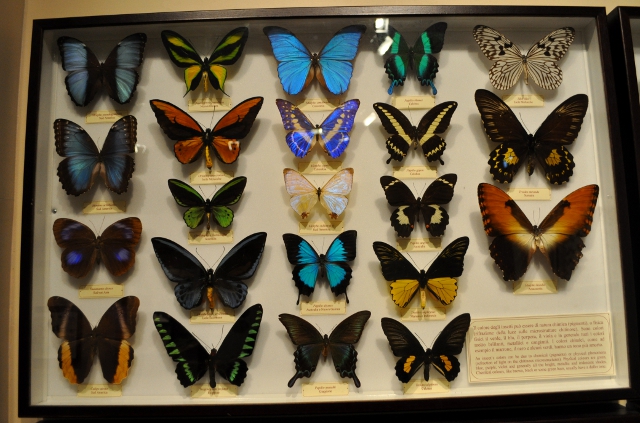
I took these pictures on March, during my trip to Florence. I don’t know why I waited so long to post them, anyway, La Specola is the first wunderkammer-museum I saw, that’s way the pictures are so faltering. At first I was fascinated by butterflies collections and shells but the more I was going on the more everything started to amaze me . While I was strolling through the rooms of the museum I met only two other people, but I was not surprised as this museum is not so famous and Florence people almost ignore it. The anatomy section is the most famous one, hosting wax models of Clemente Susini and the visionary yet dreadful works of Zumbo which I missed to photograph. Probably if I’d visited La Specola today I would have taken more pictures.
History:
This museum is located in the former Palazzo Torrigani at Via Romana 17, near the Pitti Palace. It’s called La Specola from latin specula, which means observatory, a reference to the astronomical observatory founded there in 1790.
Several generations of the Medicis had collected with passion great artistic treasures, but also a wide range of natural treasures like fossils, animals, minerals and exotic plants. This material and the new addition, which includes also a very large collection of books from all over Europe, was used by the enlightened Pietro Leopoldo di Lorena, with the aid of the abbot Felice Fontana (1730-1805) to create a Museum of Natural History opened to the public. For this reason, the prince purchased in 1771 the block of buildings situated next to the Pitti Palace, which still is the present-day location of the museum. “La Specola” was officially inaugurated in 1775; until the early years of the l9th century it was the only scientific museum specifically created for the public, with opening hours, guides and keepers.
Today visitors have access to 34 rooms: 24 are dedicated to zoology and 10 to anatomic waxes.
The zoological section displays both recently acquired and old examples of animals preserved with the technique of taxidermy, such as the hippopotamus that was apparently given to the Grand Duke in the second half of the 17th century and lived for a few years in the Boboli Gardens.
The Museum is particularly proud of its collection of anatomic waxes, an art introduced in Florence by Ludovico Cigoli (1559-1613), which enjoyed its maximum period of splendour and technical and scientific accuracy during the 18th century. The wax collection, unique in the quantity and beauty of its pieces, was created in order to teach anatomy without having to directly observe a cadaver. The most famous representative of wax sculpture was Clemente Susini (I saw more works of him at Palazzo Poggi) who made the most important pieces of the collection in the laboratory of the Museum (that has not been in use for Down a century).
The most important pieces of the wax collection is represented by the group of waxes by Gaetano Zumbo (1656-1701), which possess an extraordinary artistic value besides representing excellent anatomical models.
sources: museumsinflorence.com; wikipedia.com;
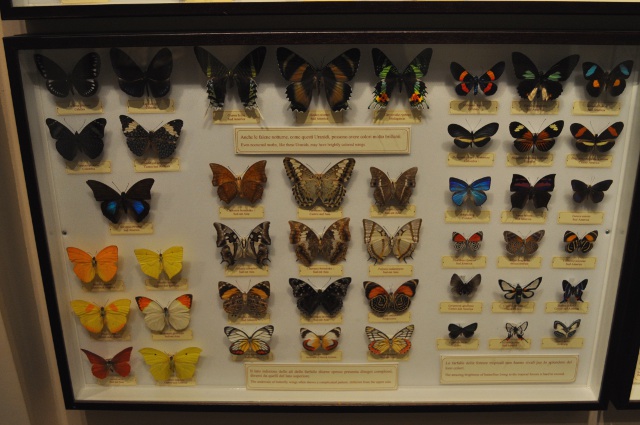
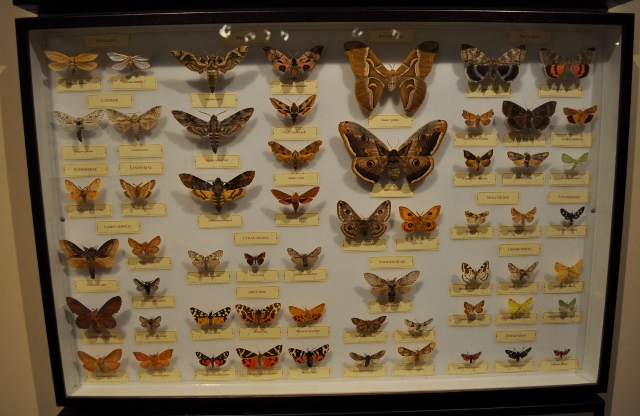
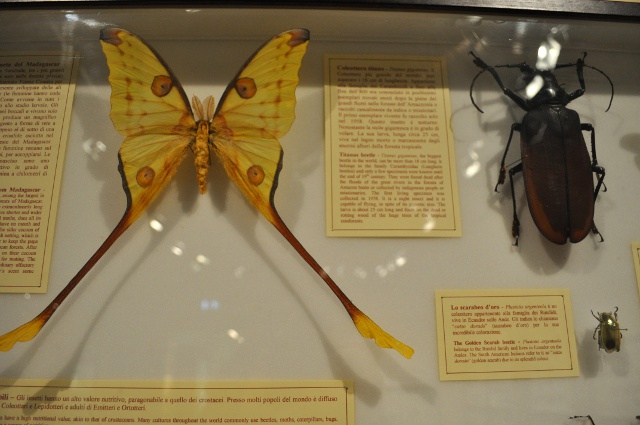
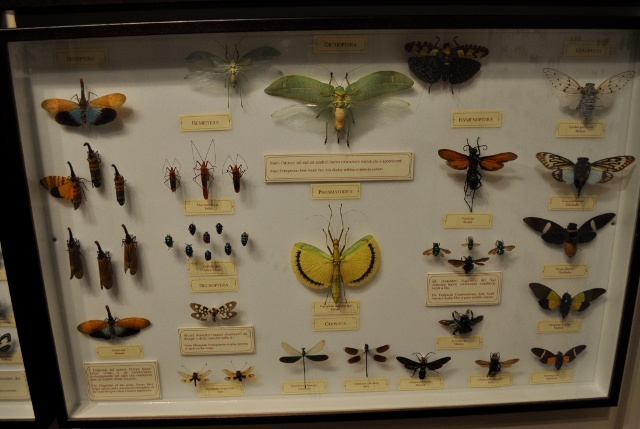
Ruggero Verity collection. He was responsible for the naming of 2-3000 butterflies, his collection of close to 250,000 butterflies together with his library is now in La Specola.
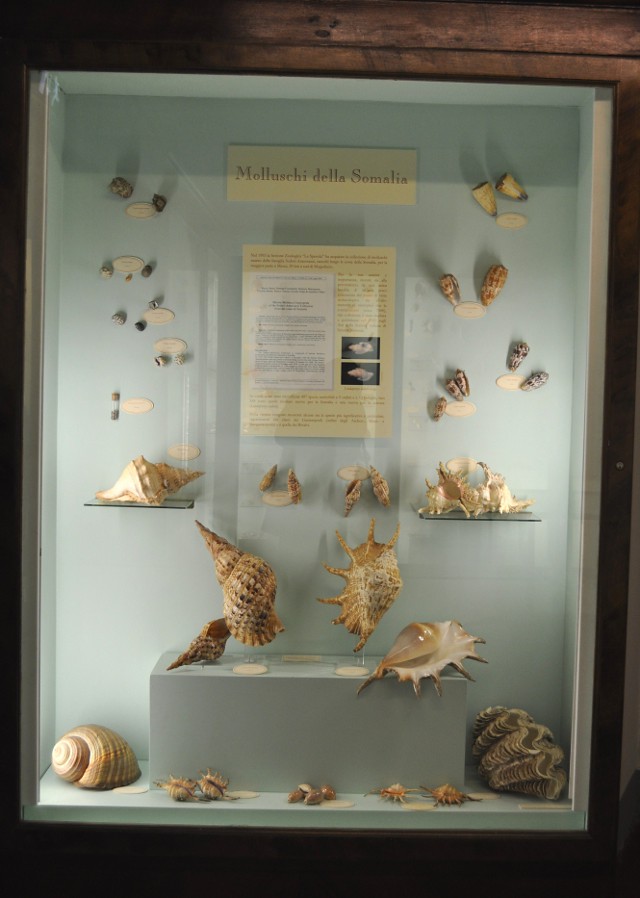
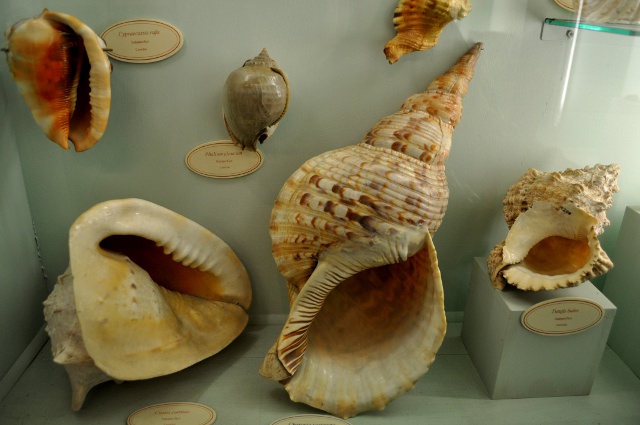
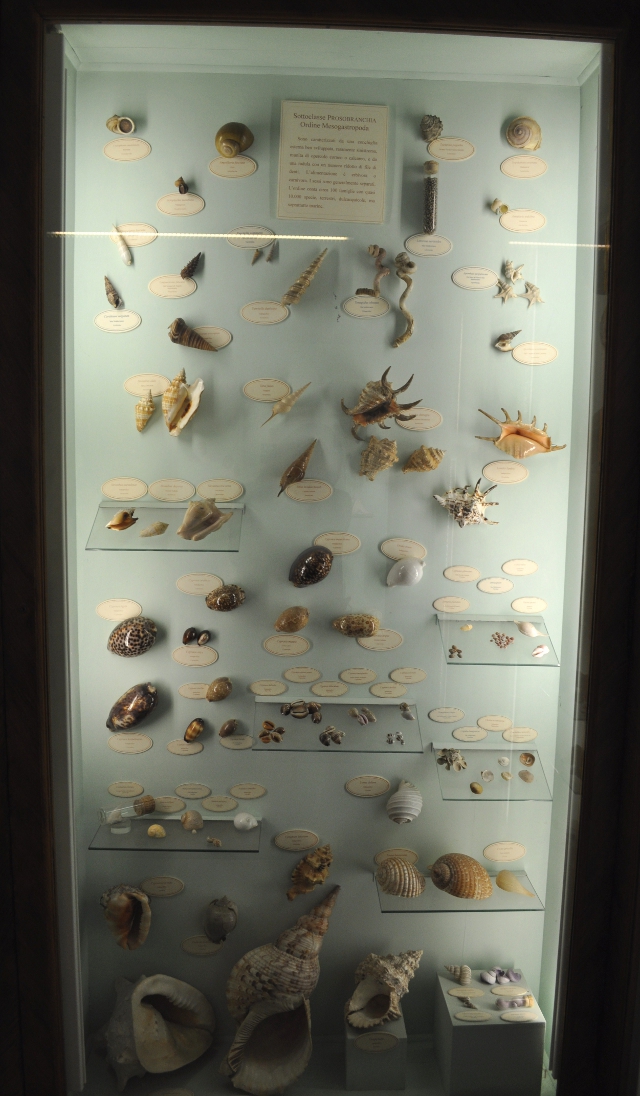
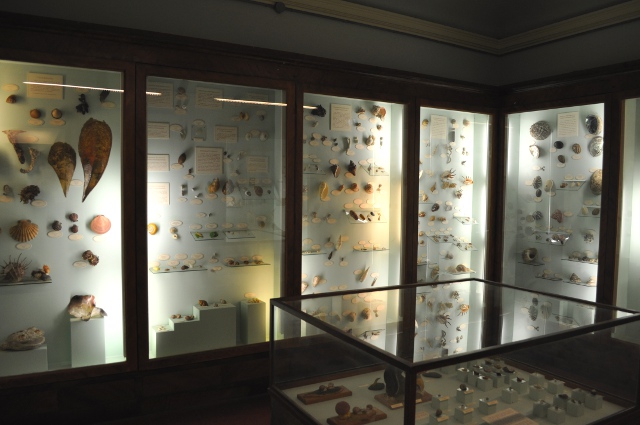
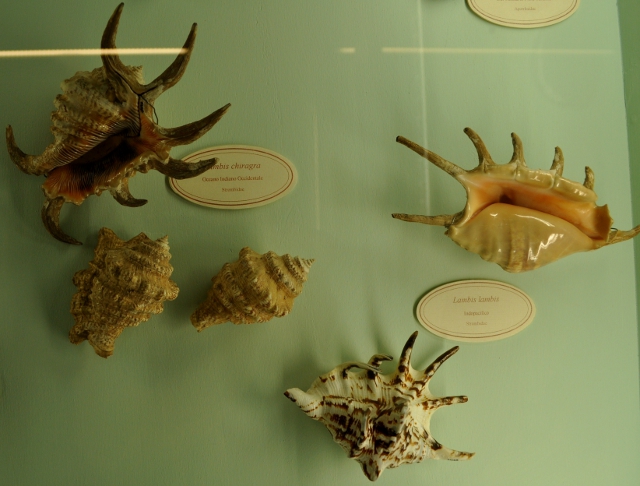

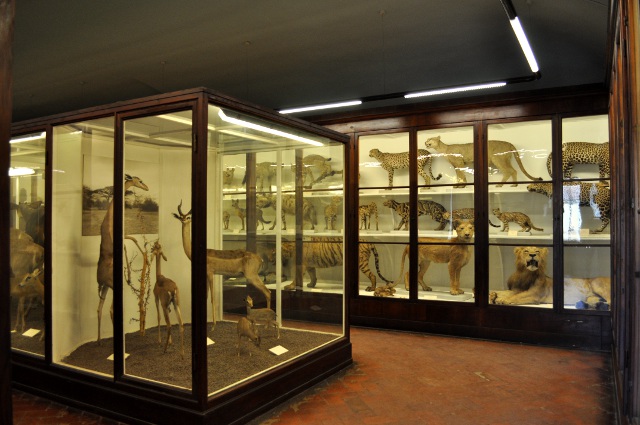
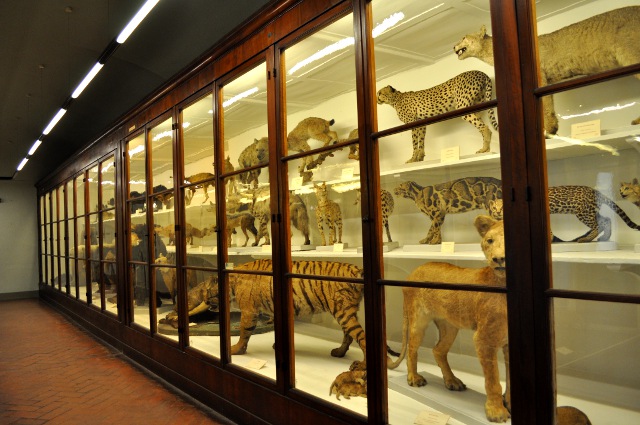

Hunting trophies of Prince Vittorio Emanuele of Savoy
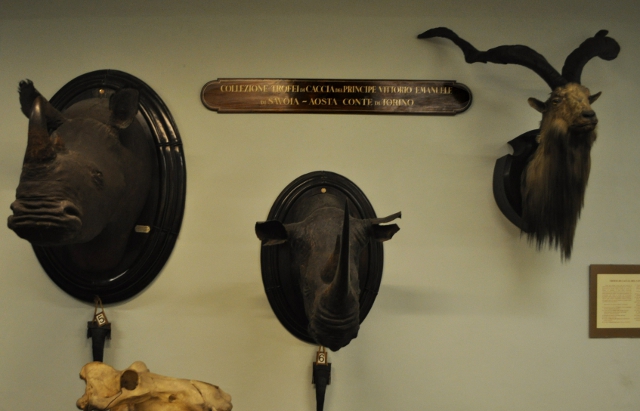

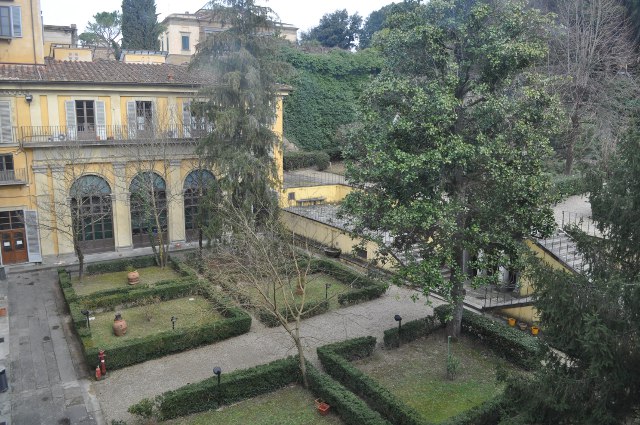
from the window
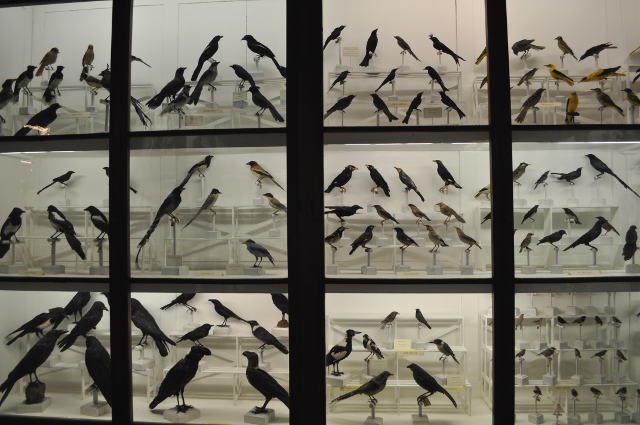
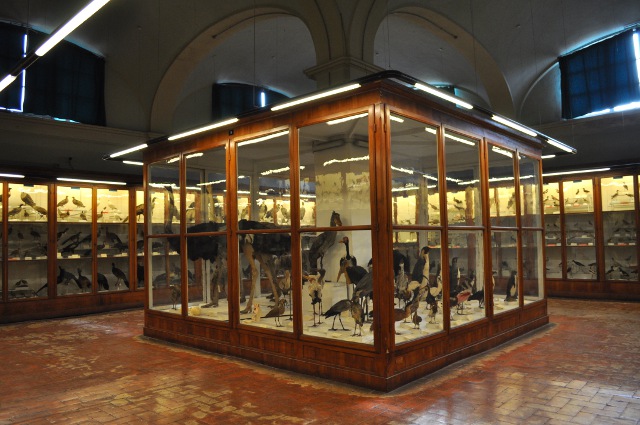
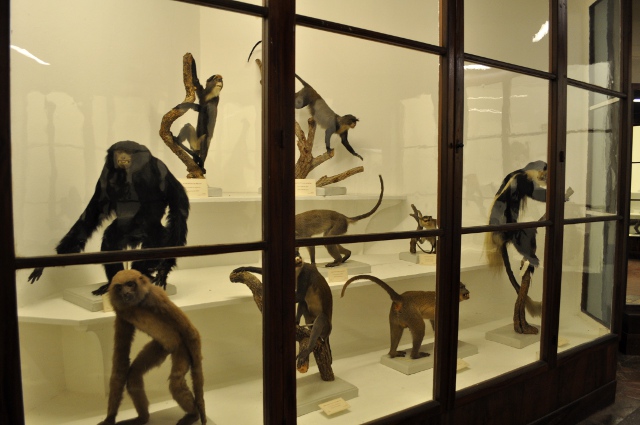

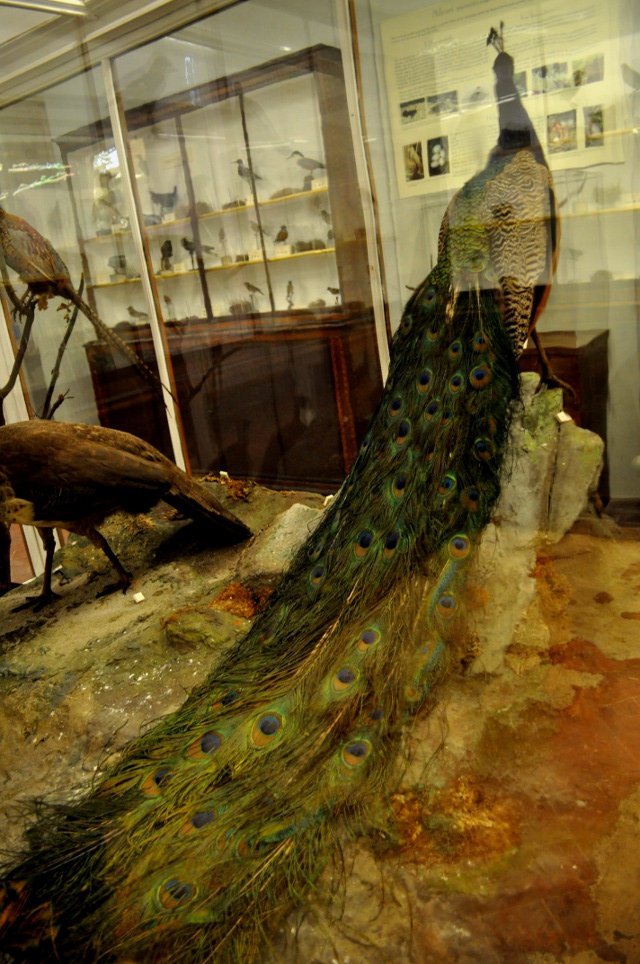
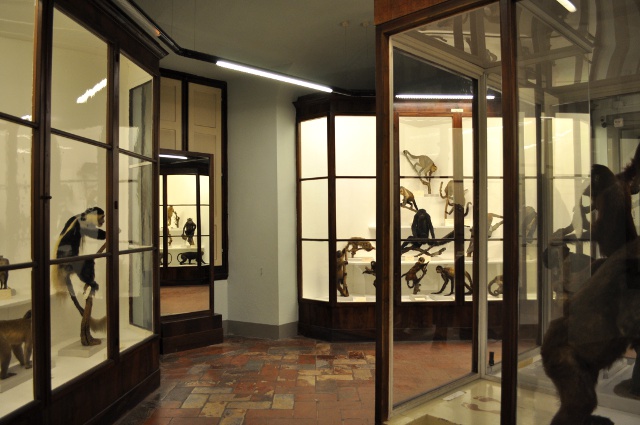
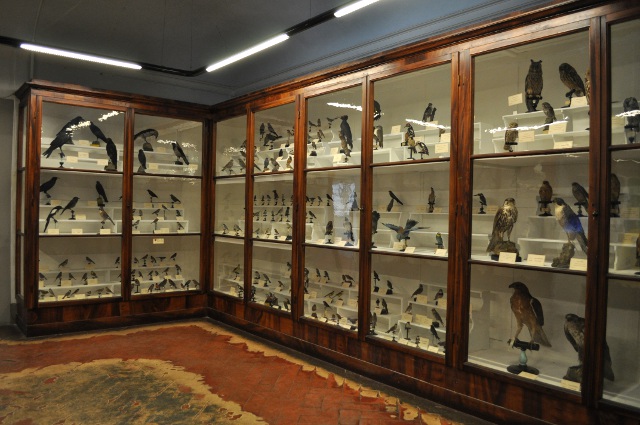
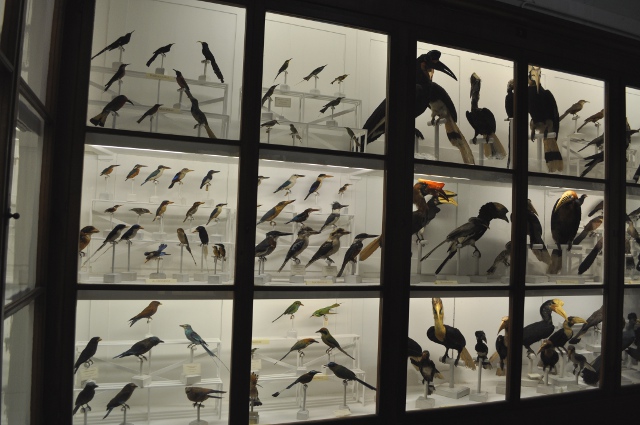
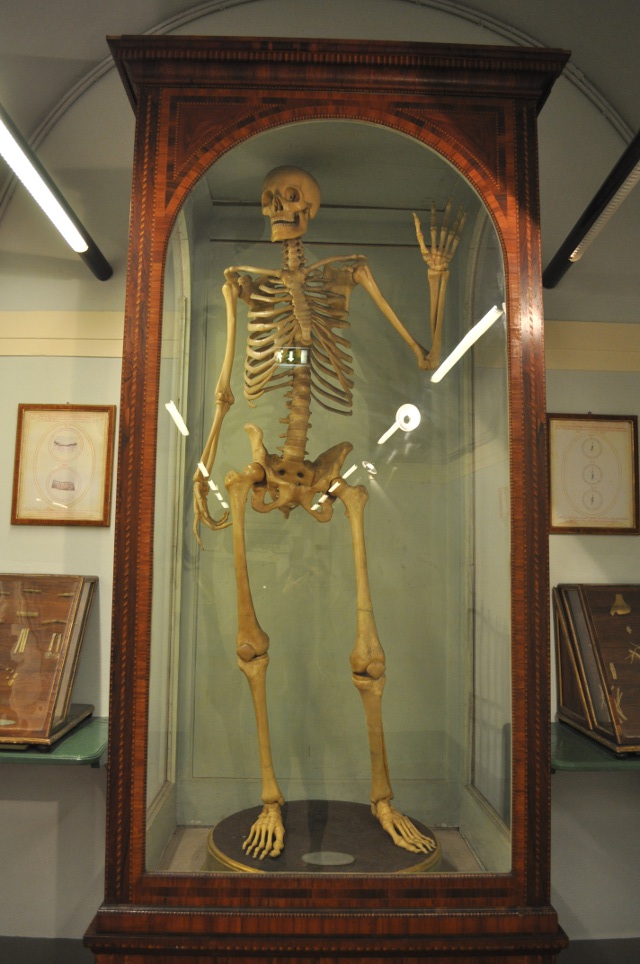
The anatomical section
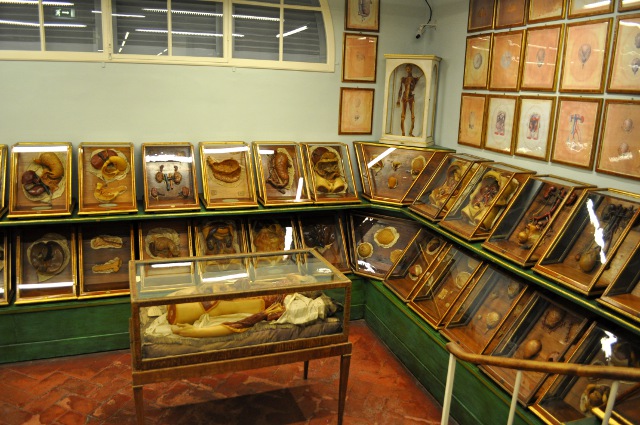
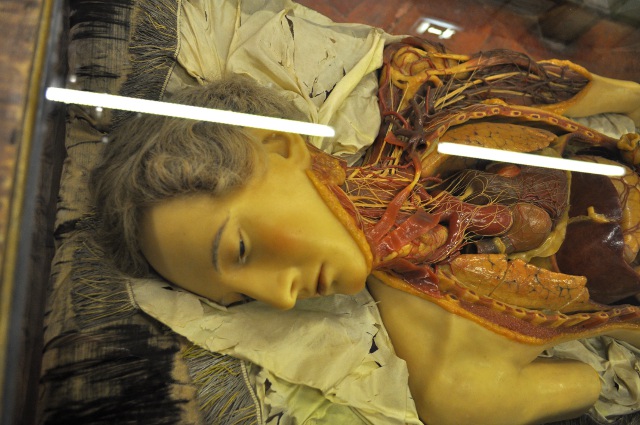

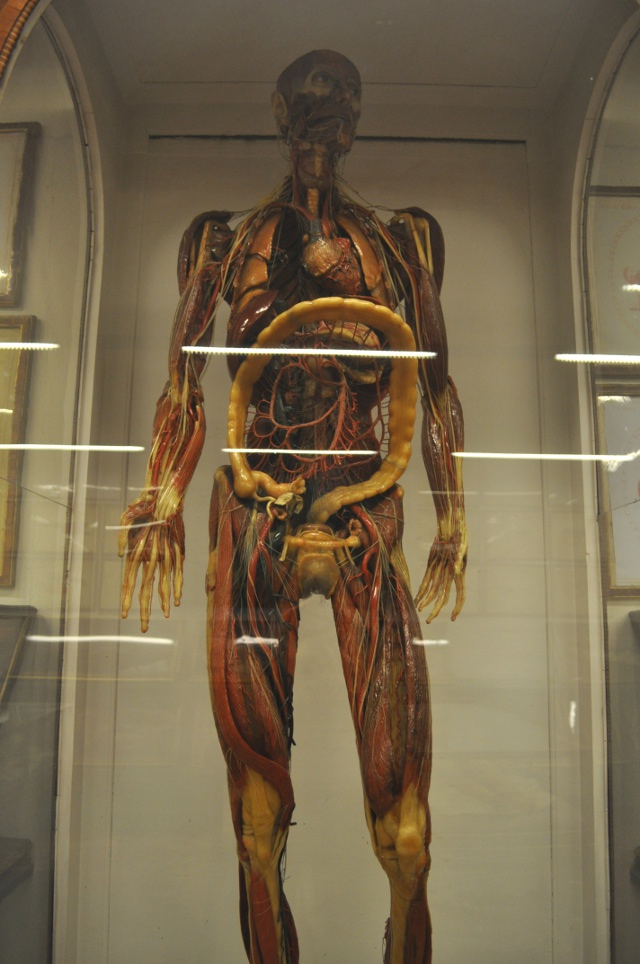
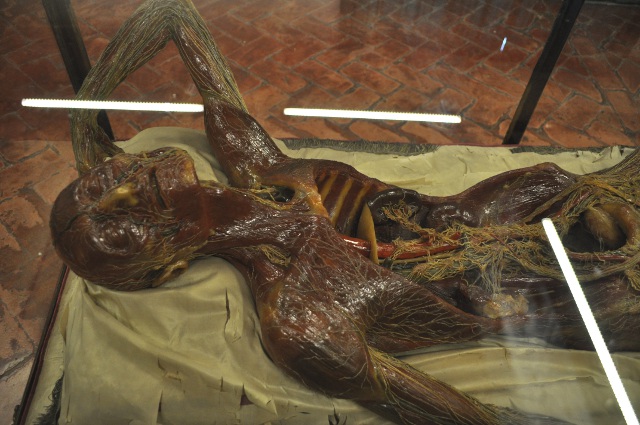
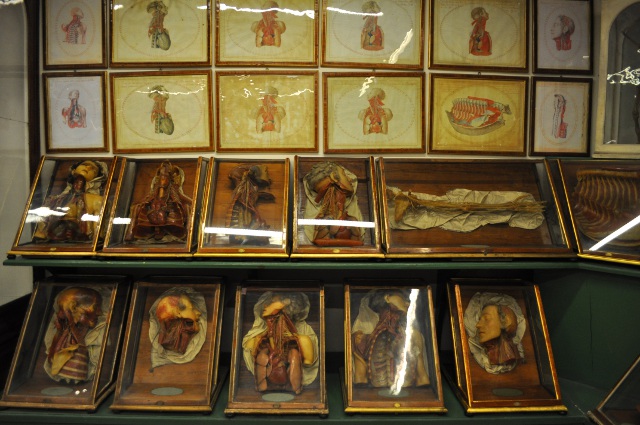
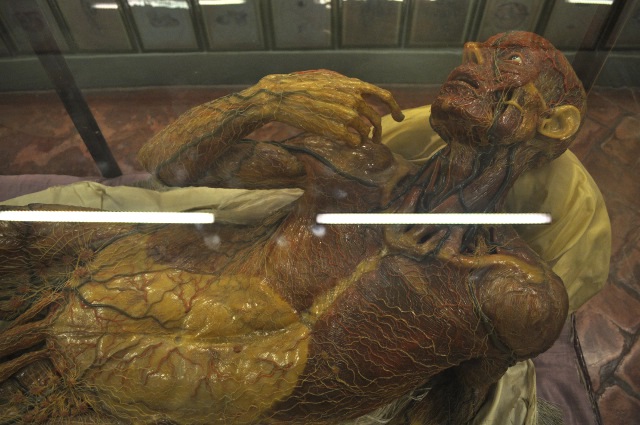
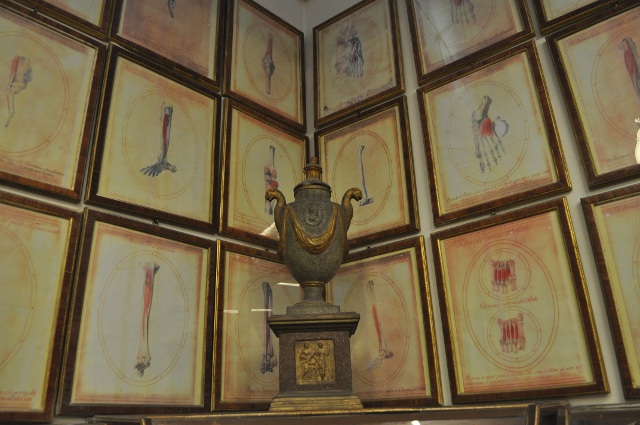
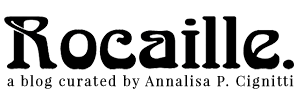

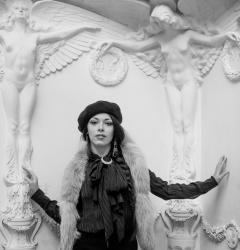


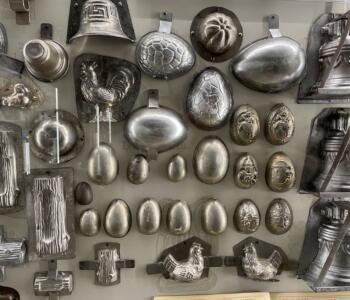
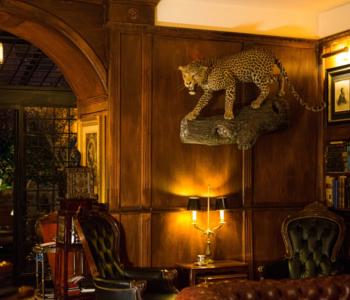
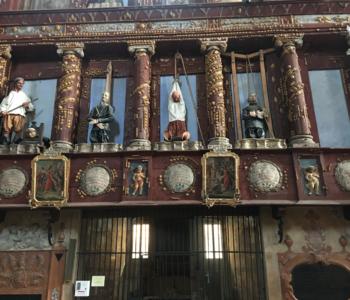
2 Commenti a “La Specola, Firenze”
Abitavo vicino La specola fino a un paio di anni fa e posso assicurare che è un posto assurdo. Veramente incredibile, soprattutto se visitato di notte. Credo che sia unico al mondo.
Concordo! Luogo unico, solo a Bologna c’è qualcosa di paragonabile.